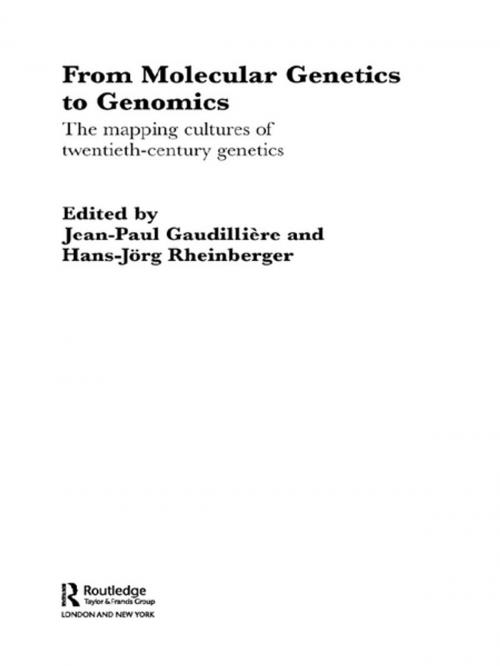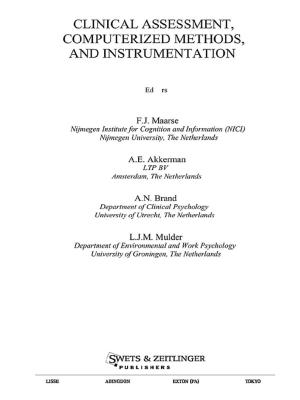From Molecular Genetics to Genomics
The Mapping Cultures of Twentieth-Century Genetics
Nonfiction, History| Author: | ISBN: | 9781134334070 | |
| Publisher: | Taylor and Francis | Publication: | October 7, 2004 |
| Imprint: | Routledge | Language: | English |
| Author: | |
| ISBN: | 9781134334070 |
| Publisher: | Taylor and Francis |
| Publication: | October 7, 2004 |
| Imprint: | Routledge |
| Language: | English |
With the rise of genomics, the life sciences have entered a new era. Maps of genomes have become the icons for a comprehensive knowledge of the organism on a previously unattained level of complexity, and the organisation of genetic knowledge in maps has been a major driving force in the establishment of the discipline. This book provides a comprehensive history of molecular genetics and genomics.
The first section of the book shows how the genetic cartography of classical genetics was linked to the molecular analysis of gene structure through the introduction of new model organisms such as bacteria and through the invention of new experimental tools such as gene transfer. The second section addresses the moral and political economy of human genome sequencing in all its technical, epistemic, social and economic complexity.
With detailed analyses of the scientific practices of mapping and its illustration of the diversity of mapping practices this book is a significant contribution to the history of genetics. A companion volume from the same editors - Classical Genetic Research and Its Legacy: The Mapping Cultures of Twentieth Century Genetics - covers the history of mapping procedures as they were developed in classical genetics.
With the rise of genomics, the life sciences have entered a new era. Maps of genomes have become the icons for a comprehensive knowledge of the organism on a previously unattained level of complexity, and the organisation of genetic knowledge in maps has been a major driving force in the establishment of the discipline. This book provides a comprehensive history of molecular genetics and genomics.
The first section of the book shows how the genetic cartography of classical genetics was linked to the molecular analysis of gene structure through the introduction of new model organisms such as bacteria and through the invention of new experimental tools such as gene transfer. The second section addresses the moral and political economy of human genome sequencing in all its technical, epistemic, social and economic complexity.
With detailed analyses of the scientific practices of mapping and its illustration of the diversity of mapping practices this book is a significant contribution to the history of genetics. A companion volume from the same editors - Classical Genetic Research and Its Legacy: The Mapping Cultures of Twentieth Century Genetics - covers the history of mapping procedures as they were developed in classical genetics.















